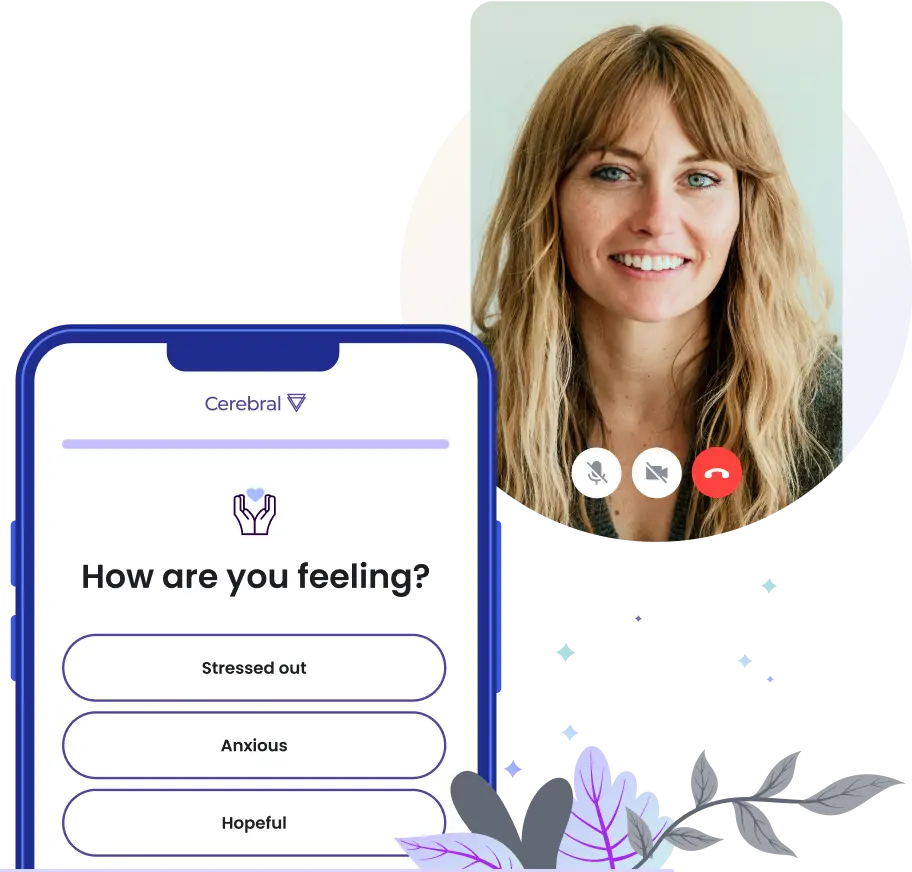The mental health care system is in crisis – overwhelmed in the pandemic’s wake, with patients nationwide suffering from rising cases of anxiety, depression and other disorders. As a result, they are frequently left unable to find psychiatric and behavioral care.
Telehealth companies like Cerebral are leading the way in addressing that need, but like any new innovation in health care, there is resistance. Traditional mental health providers feel threatened by this new model, which exponentially improves access for patients across the U.S. The fact is that there’s room and need for both traditional in-person care and telemedicine. Without both modalities, there’s no way we will make a dent in the acute challenges facing people from every walk of life and across the country. Telehealth isn’t a panacea, but it undoubtedly improves access and reduces the stigma associated with services that are out of reach for far too many people.
Americans do not have adequate access to mental health care.
Nearly one-third of Americans live in an area that has a shortage of mental health care professionals and 60 percent of all U.S. counties – including 80 percent of all rural counties – do not have a single psychiatrist. If patients are lucky enough to secure an appointment, they often have to wait months before their first session.
However, it is typical for non-psychiatrists to treat mental illness. In conventional health care, 79 percent of antidepressants are prescribed by primary care doctors, so it’s a misconception to think that psychiatrists are prescribing the lion’s share in traditional settings.
Nurse practitioners have a critical role to play.
A key to improving access to care is to use experienced clinicians – often nurse practitioners – who play a vital role in the health care system, especially in underserved communities. As front-line clinicians, nurse practitioners are practiced hands in dealing with many aspects of mental health care, and Cerebral’s nurse practitioners are particularly well-equipped and supported to manage mental illnesses.
Besides being carefully screened and interviewed before joining the Cerebral team, our nurse practitioners receive additional training and clinical support for the treatment of the psychiatric conditions we see most frequently, including depression, anxiety, bipolar disorder, insomnia, and PTSD, among others. Should they want to discuss a challenging clinical situation, they can easily get in touch with a staff psychiatrist within minutes; this ‘second opinion’ line, which we call Curbside Consults, is an innovation that is available to our NPs 12 hours a day, 7 days a week They are well positioned to monitor and counsel patients throughout the process of initial evaluation, treatment, and recovery.
A new study out this month (September 2022) found that the ranks of psychiatric mental health nurse practitioners (PMHNPs) are surging as caseloads increase. Notably, the number of PMHNPs who care for Medicare patients jumped 162 percent between 2011 and 2019, compared to a 6 percent decline in psychiatrists, which further underscores how important nurse practitioners are to match the burgeoning demand for care.
By utilizing nurse practitioners and telehealth, we are democratizing access to care, and supporting patients who have historically been disenfranchised by the mental healthcare system. .
Indeed, nearly 2/3 of Cerebral patients have never had the privilege of receiving mental health care prior to coming to Cerebral.
We can only improve what we measure.
The vast majority of mental health professionals do not measure clinical outcomes. This would be unacceptable in any other field of medicine: you wouldn’t trust a diabetes doctor who did not regularly check your labs in order to monitor the progression of the disease. Why should depression or anxiety disorders be treated so differently?
Telehealth allows us to measure clinical outcomes using tools that are integrated within the care experience. By monitoring how patients are doing via surveys, we are able to better understand whether treatment plans are working, or whether adjustments need to be made. Overall, knowing how patients are doing helps us improve clinical quality and maintain patient safety. Collecting patient outcomes data at scale can also be a benefit. It can establish new baselines for what is most effective for different types of patients, paving the way for the kind of precision medicine approach that has transformed cancer care and other specialties.
The bottom line is that the current mental health care system can’t improve access for desperate patients who desperately need care. While there have been missteps and necessary learnings along the way, telehealth has a vital role to play in this process. For tens of millions of Americans who need our help, their well being, and their lives, are on the line.

How Telehealth Can Increase Access to Mental Healthcare for College Students

Age Verification and What it Means for Access to Care

A Deep Dive: Working to Reduce Suicidality with An End-To-End Safety System

Call 911 if you’re having a
mental health emergency
Text Home to 741-741 if you're in emotional
distress and need immediate support
Call or text 988 Suicide &
Crisis Lifeline. Chat service
is available at 988lifeline.org.